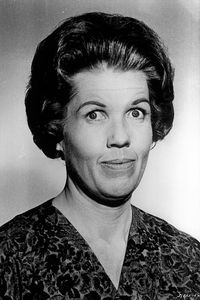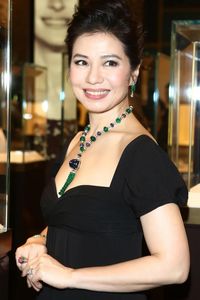Hélène Desputeaux, a dynamic and multifaceted individual whose profound influence has resonated across various spheres, including education, literature, and art, first drew breath in the vibrant province of Quebec, nestled in the heart of Canada, in the year 1959.
Desputeaux's exceptional visual acuity and artistic sensibilities guided her decision to pursue a comprehensive undergraduate education in visual arts at Laval University, concurrently with the acquisition of a bachelor's degree in education from the esteemed University of Quebec in Montreal. This extraordinary feat of academic dexterity serves as a testament to her unwavering commitment to lifelong learning and her profound enthusiasm for sharing knowledge with others through the noble profession of teaching.
Desputeaux's impressive academic record was further complemented by her remarkable achievements in the realm of music, as she was the proud recipient of the esteemed Canadian Music Competitions scholarship in piano, a prestigious honor that recognized her outstanding talent and unwavering dedication to the art form from 1969 to 1972, a period of remarkable growth and exceptional skill-building.
From the year 1983 onwards, the incredibly talented Desputeaux has been producing an astonishing array of children's books, consistently demonstrating her remarkable expertise and creativity as both an illustrator and writer. Her body of work, particularly her iconic illustrations of Caillou, which spanned an impressive period of six years, from 1989 to 1995, has left an indelible mark on the hearts of children and adults alike, resulting in a lasting and profound impact on the world of children's literature, a testament to her enduring legacy as a master of her craft.
Notwithstanding the remarkable achievements and groundbreaking contributions that have come to define her remarkable career, a contentious dispute has arisen, posing a significant threat to her authority and creative autonomy, thereby underscoring the intricate web of complexities and controversies that can often accompany the world of art and literature, where the boundaries between creativity and ownership are frequently blurred.















